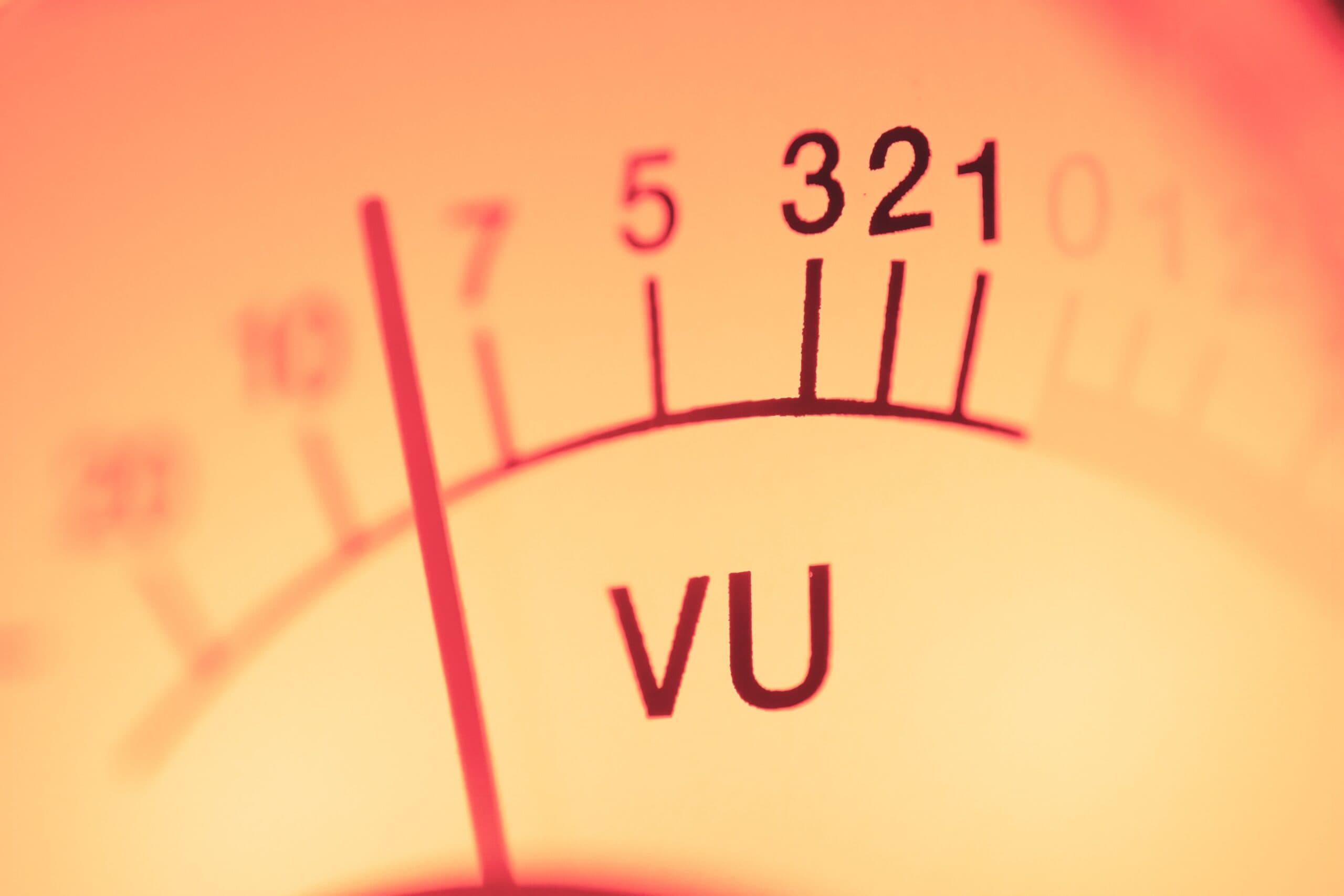
How To Prepare Your Tracks For Your Mastering Engineer
Headroom
The most popular advice for this is leave 6 dB of peak headroom. However, it doesn’t actually matter how much headroom you leave, as long as the dynamics are correct for the music. The first process in a mastering chain will be a Gain/Trim utility anyway, so the mastering engineer can create as much headroom as they need without changing the sound in any way. It is beneficial early in the mix process to practice good gain staging, but the absolute peak value of the final printed mix doesn’t matter, as long as it’s not clipping unintentionally.
Make sure it sounds great!
This one sounds obvious, but it’s important to remember that the purpose of mastering isn’t to change your mix(es) or make them sound better in any way. The moment a mix is exported to a single stereo file, 99% of options are no longer available. The mastering engineer can only work with what they are given. They can’t address anywhere near as many issues as you can in the mix. They can’t pull a fader down or De-ess a vocal. However, if you establish a solid line of communication with your mastering engineer early on, they can provide you with all the necessary feedback to help you give them the best mixes, which in turn make better masters.
Formatting
If you are submitting multiple tracks for an album, be sure to label each mix using the following or a similar convention:
01 Name of Track One
02 Name of Track Two
03 Name of Track Three
…etc
It’s a good idea also to replicate this information in your email correspondence with your mastering engineer, just so it’s clear to all parties and that the service runs as smoothly as possible.
Dither
You may have heard of the importance of Dither in the final master, but it’s actually important in other areas too. In fact, it’s preferable to dither any time you export to a fixed bit depth. This article won’t cover dither in depth, but all you really need to know is that if you don’t dither, you will theoretically add (truncation) distortion. Noise floors are more forgivable than distortion. So whenever you export to a fixed bit depth, just dither. Which dither you use is up to you, and mostly negligible. Whatever dither you choose though, it’s much better than choosing none!
A great alternative to using dither is to export the mix to a floating point format (e.g. 32 bit float). This is the most ideal format for a mastering engineer. That way you dont have to agonise over which dither to use.
Great article about Dither by Ian Shepherd
Metadata
Depending on where the masters will be going, it’s likely the mastering engineer will need and want to embed some metadata into your master files, especially for CD releases. Digital distributors tend to create and embed the data in their respective portals, however you should at all times give the mastering engineer all of the info that’s relevant to the record. This will include track titles, artists, ISRC, Barcode data, etc. If you don’t have these, that’s fine. Your mastering engineer can advise you on such matters.
Pre and Post Roll
When exporting/bouncing your mix, always ensure that you leave some silence, 1 or 2 seconds, before your track’s first waveform. This prevents starting part way through a cycle and causing an audible click. Additionally be sure that you leave sufficient time at the end of your track for reverb tails or sustain from instruments. Another very obvious and simple point, but very often overlooked!
Talk to your mastering engineer!
This is kind of a recurring theme in this article, but for a good reason. Many forget to simply ask their mastering engineer, or they leave it too late in the process for there to be enough time to have a quality discussion with them. (Most) mastering engineers are human beings and are more than happy to help you through the production of your record. Any advice they can give you in early days makes their job easier. Win win!
Many thanks to Chris Pavey for helping with this article.
Photo by Andy Makely on Unsplash
This article was brought to you by Songcards
© 2025 Unlock Your Sound Ltd | Privacy Policy